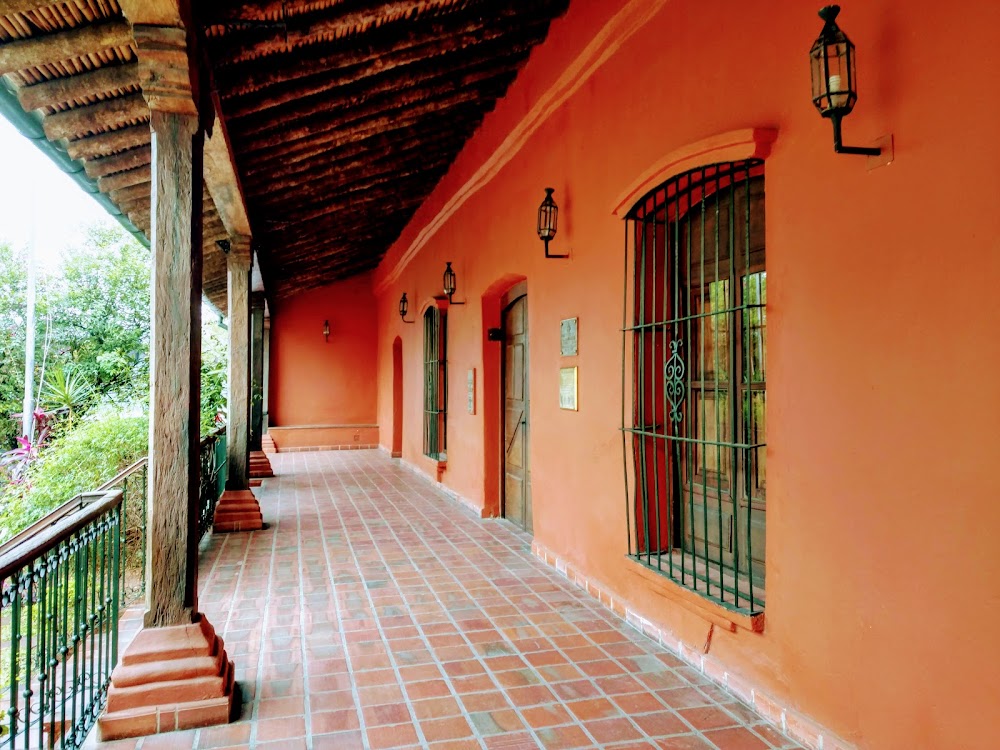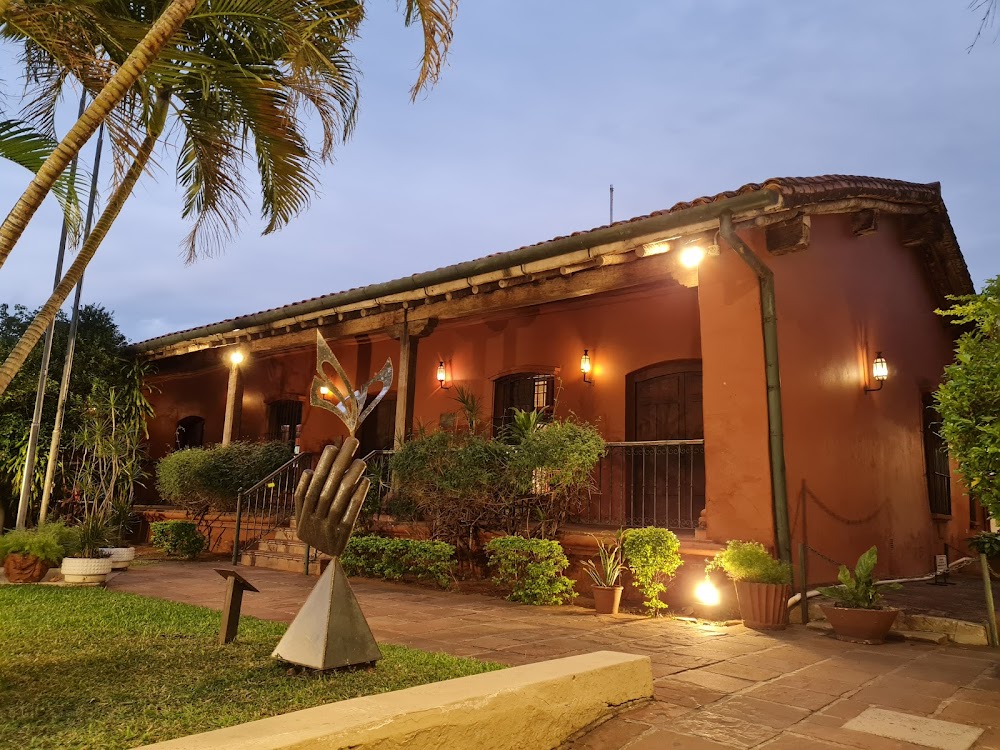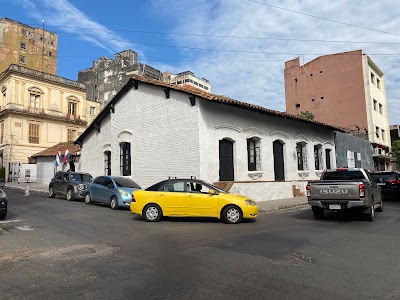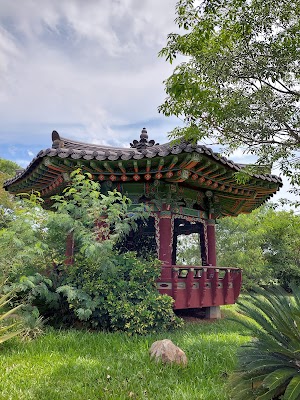Manzana de la Rivera (Manzana de la Rivera)
Overview
Centro Cultural Manzana de la Rivera, affectionately known as Manzana de la Rivera, stands as a beloved cultural hub in the heart of Asuncion, Paraguay. This vibrant complex is renowned for its historical significance, diverse cultural offerings, and enchanting architectural charm, making it a must-visit destination for anyone exploring the city.
Rich Historical Background
The origins of Manzana de la Rivera trace back to the late 19th century. This cultural complex consists of nine meticulously preserved colonial-style houses, each showcasing its unique history and architectural features. Built between 1750 and 1889, these structures reflect a delightful blend of Spanish colonial and local architectural influences, offering visitors a glimpse into the past.
In the early 1990s, Asuncion's municipal government recognized the potential of these historic buildings as a cultural focal point. Thus, a comprehensive restoration project was launched, aimed at preserving the original architectural elements while adapting the spaces for modern cultural activities. Expert architects and historians collaborated to ensure the authenticity and integrity of the restoration work.
A Vibrant Cultural Center
In 1991, the efforts of restoration came to fruition with the inauguration of Manzana de la Rivera as a cultural center. Since then, it has flourished into a lively venue hosting a myriad of events, exhibitions, and activities that celebrate Paraguayan culture and the arts.
One of the complex’s main attractions is the Museo Memoria de la Ciudad, a museum dedicated to the history of Asuncion. Through carefully curated exhibits, artifacts, and photographs, visitors can delve into the city's rich past, gaining valuable insights and understanding of its cultural significance.
Another highlight is the Biblioteca Municipal Augusto Roa Bastos, named after Paraguay's acclaimed writer. This library is a sanctuary for book lovers and researchers, featuring an extensive collection of books, manuscripts, and documents related to Paraguayan literature and culture. Its tranquil reading rooms provide an ideal escape for those seeking knowledge or inspiration.
Literary and Artistic Engagement
Manzana de la Rivera also houses the Casa de la Literatura, a dedicated venue for literary events, readings, and workshops. This dynamic hub brings together writers, poets, and literature enthusiasts to share their works and celebrate the written word. Regularly hosting book launches and literary discussions, the Casa de la Literatura fosters a thriving literary community.
One of the complex's picturesque courtyards, the Patio de la Casa Viola, serves as a delightful venue for outdoor performances, concerts, and art installations. With its lush greenery and historic ambiance, this charming courtyard provides a stunning backdrop for cultural events under the open sky, making it a favorite spot for both locals and tourists to enjoy live music and theatrical performances.
A Testament to Paraguayan Heritage
The Centro Cultural Manzana de la Rivera is more than just a cultural institution; it represents the resilience and preservation of Paraguayan heritage. It acts as a bridge between the past and the present, where history, art, and culture beautifully converge. The meticulous restoration efforts and the dedication of those involved ensure that it remains a beacon of cultural richness in Asuncion.
Visiting Manzana de la Rivera is akin to stepping back in time while simultaneously embracing the vibrant cultural landscape of modern Paraguay. Whether you’re exploring the historic rooms, attending an art exhibition, or enjoying a live performance, you’ll find yourself immersed in the rich tapestry of Paraguayan culture.
A Cultural Gem in Asuncion
In conclusion, Manzana de la Rivera is truly a cultural gem within Asuncion. Its historic buildings, restored with care and authenticity, house a dynamic cultural center that celebrates the artistic and literary heritage of Paraguay. Through its museums, libraries, and event spaces, it continues to be a vital space for cultural expression and appreciation for both locals and visitors alike.







